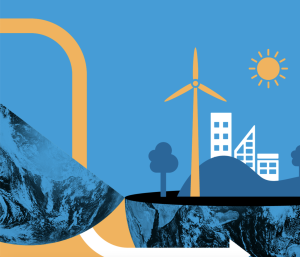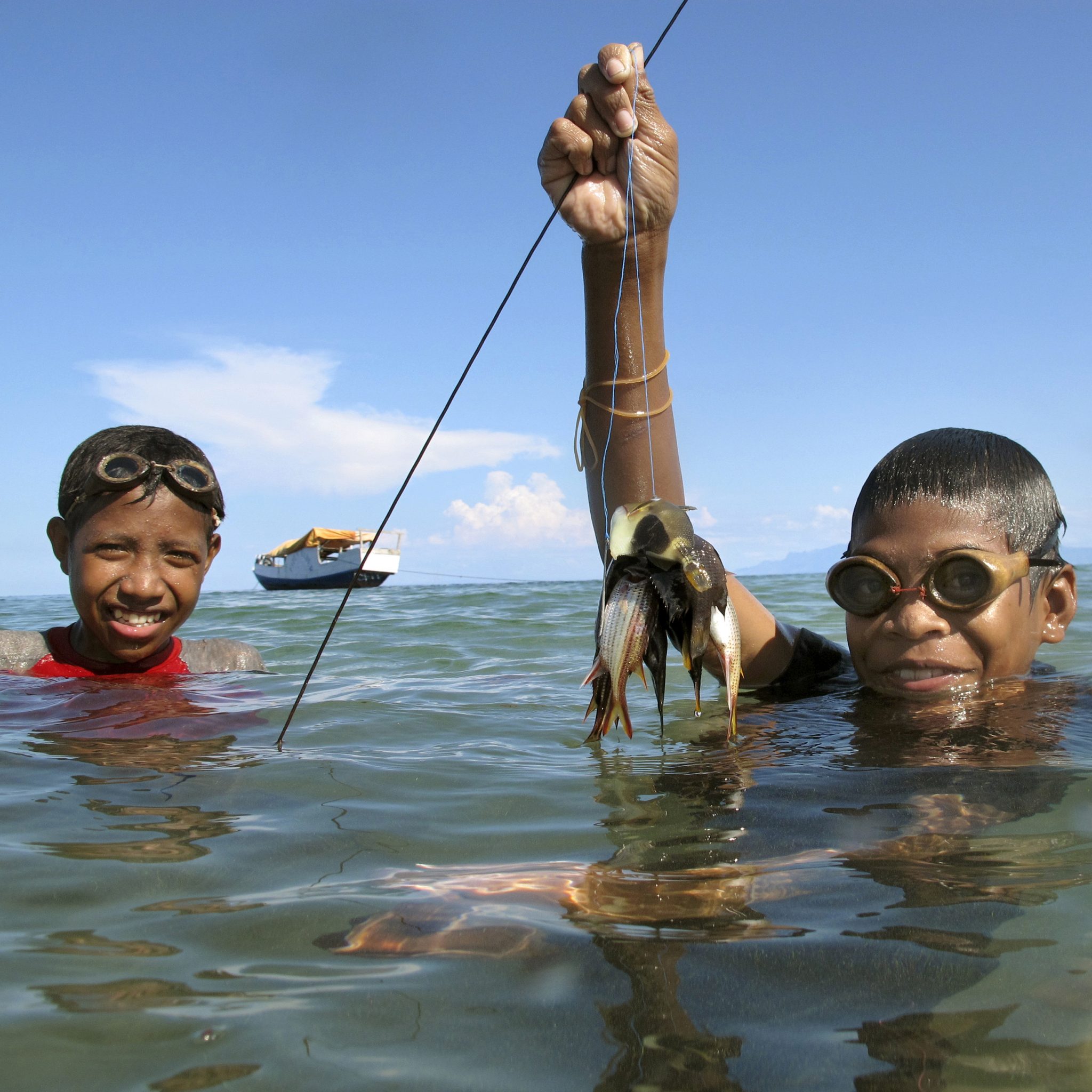
17 Goals for People, for Planet
World leaders came together in 2015 and made a historic promise to secure the rights and well-being of everyone on a healthy, thriving planet when they adopted the 2030 Agenda for Sustainable Development and its 17 Sustainable Development Goals (SDGs).
The Sustainable Development Goals (SDGs) remain the world’s roadmap for ending poverty, protecting the planet and tackling inequalities. The 17 SDGs offer the most practical and effective pathway to tackle the causes of violent conflict, inequalities, climate change and environmental degradation and aim to ensure that no one will be left behind. They reflect an understanding that sustainable development everywhere must integrate economic growth, social well-being and environmental protection.
Keeping the Promise
 While conflict, climate disruption, economic instability, and rising geopolitical tensions have placed the promise of the Goals in peril, we can still turn things around by 2030. Notably, there has been some SDG success since 2015 with improvements in key areas, including poverty reduction, child mortality, electricity access and the battle against certain diseases.
While conflict, climate disruption, economic instability, and rising geopolitical tensions have placed the promise of the Goals in peril, we can still turn things around by 2030. Notably, there has been some SDG success since 2015 with improvements in key areas, including poverty reduction, child mortality, electricity access and the battle against certain diseases.
- Over half the world’s population is now covered by some form of social protection—10% more than a decade ago.
- Child marriage, maternal and child mortality have declined.
- Women now hold 27% of parliamentary seats globally, up from 22%.
- Access to electricity, clean cooking, and internet connectivity has expanded dramatically.
- New HIV infections are down 39% since 2010.
- Malaria prevention efforts have saved 12.7 million lives.
- Over 110 million more children are in school, and the gender gap in education continues to shrink with more girls finishing school.
- Access to electricity has reached 92% of the global population, while internet use has jumped from 40% in 2015 to 68% in 2024.
- Local conservation efforts have helped double protection for vital ecosystems.
But progress is not moving fast enough.
- Only 35% of SDG targets are on track or making modest gains. Nearly half are progressing too slowly, and 18% are actually regressing.
- Over 800 million people still live in extreme poverty and hunger. One in 11 people still face hunger. Billions live without safe drinking water and sanitation.
- Women continue to shoulder 2.5 times more unpaid care work than men.
- Persons with disabilities remain underserved across sectors.
- Climate records are being shattered, with 2024 the hottest year in history.
- CO₂ levels are the highest in over two million years.
- Over 120 million people are displaced—more than double the number in 2015.
- Debt service costs for low- and middle-income countries hit $1.4 trillion, draining resources from critical development.
Countries continue to drive efforts to achieve the SDGs evidenced at the annual High-Level Political Forum on Sustainable Development — the central platform for reviewing progress on the SDGs — where they showcase the bold actions they are taking to achieve the SDGs – but more must be done.
Pact for the Future
In September 2024, the UN Secretary-General convened the Summit of the Future, aimed at forging new international consensus on delivering a better present and safeguarding the future. Member States adopted the internationally negotiated Pact for the Future that will help advance the Sustainable Development Goals across all areas including international peace and security; science and technology; youth and future generations and transforming global governance.
SDG Summit

Every four years, the High-Level Political Forum meets under the auspices of the UN General Assembly, known as the SDG Summit . In 2023, the second SDG Summit brought together Heads of State and Government to catalyze renewed efforts towards accelerating progress on the SDGs. The Summit culminated in the adoption of a political declaration reaffirming world leaders’ commitment to achieving the 17 goals.
SDG Report 2025
The annual SDG report provides an overview of the world’s implementation efforts to date, highlighting areas of progress and where more action needs to be taken. The report is prepared by the UN Department of Economic and Social Affairs, with input from international and regional organizations and the United Nations system of agencies, funds and programmes.
Frequently Asked Questions


